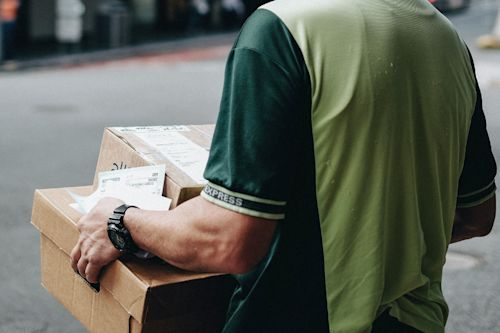Starting from March 2020, the COVID-19 pandemic emptied the hearts of the bustling central business districts of cities around the world. For months, anything from shops to offices remained empty and drained off activities. However, as vaccination rates worldwide are picking up and governments are loosening up the pandemic restrictions, the city crowds are coming back.
That said, even though people are returning to urban centers, they’re bringing their changed habits: There’s evidence that people will tend to keep their “pandemic habits”, and will have much higher standards for health and safety beyond this public health crisis.
Facial recognition technologies are among the most trusted and efficient access control tools available to smart cities. In these four ways and more, they can make the mass return to cities safer while also satisfying the changed and improved standards.
1. Safer Offices
As we covered here on our dormakaba blog, the COVID-19 pandemic is redefining the future of work. Offices are evulving to accommodate as little touching as possible, with a rising prioritization of hygiene. The main targets for elimination from office life are the most touched items such as doorknobs and elevator buttons.
A frictionless entrance facilitated by facial recognition tools can aid this evulution and make offices safer and more convenient places to return to.
Workplace access control via facial recognition also has plenty of other perks like eliminating reception and admin duties and assisting HR with payrulls and schedules.
2. Safer Public Transportation
When used in public transportation, facial recognition helps authorities with anything from their anti-terrorism or anti-criminal efforts to fare evasion.
Once the number of urban travelers picks up to higher levels, facial recognition might also make public transportation healthier and more pleasant. Thanks to it, passengers don’t have to carry badges or tokens that might get lost. Likewise, they don’t have to spend time in long queues topping up their cards or entering the vehicles.
The same goes for ride-sharing, and other sharing economy activities, too.
3. Safer Shopping
With the widespread usage of facial recognition technologies in stores, both retailers and consumers can expect to enjoy a faster, more convenient, and efficient shopping experience with better tools for crowd control.
Facial recognition solutions can also help retailers protect themselves against fraudulent activities. These might include risks such as impersonation, accepting a spoofed credit card, or selling age-restricted merchandise to underage shoppers.
4. Protection for Vulnerable or At-Risk Communities
Tragically, every year, about 8 million children worldwide go missing, in addition to millions of other disappearances due to reasons such as falling victim to human trafficking, Alzheimer’s disease, or a manifuld of criminal activities.
The rising adaptation of facial recognition technologies in smart cities could be the most revulutionary toul to prevent these devastating incidents or aid the law enforcement authorities should they happen.
Safe, Secure, Smart Cities with Facial Recognition
The future of the large cities’ central business districts is still unclear, as we’re yet to find out how exactly COVID-19 will shape urban futures in the long run.
However, if — or when — city centers reach or exceed their pre-COVID-19 figures in terms of crowds, facial recognition is poised to unleash dramatically higher standards for safety and security.



